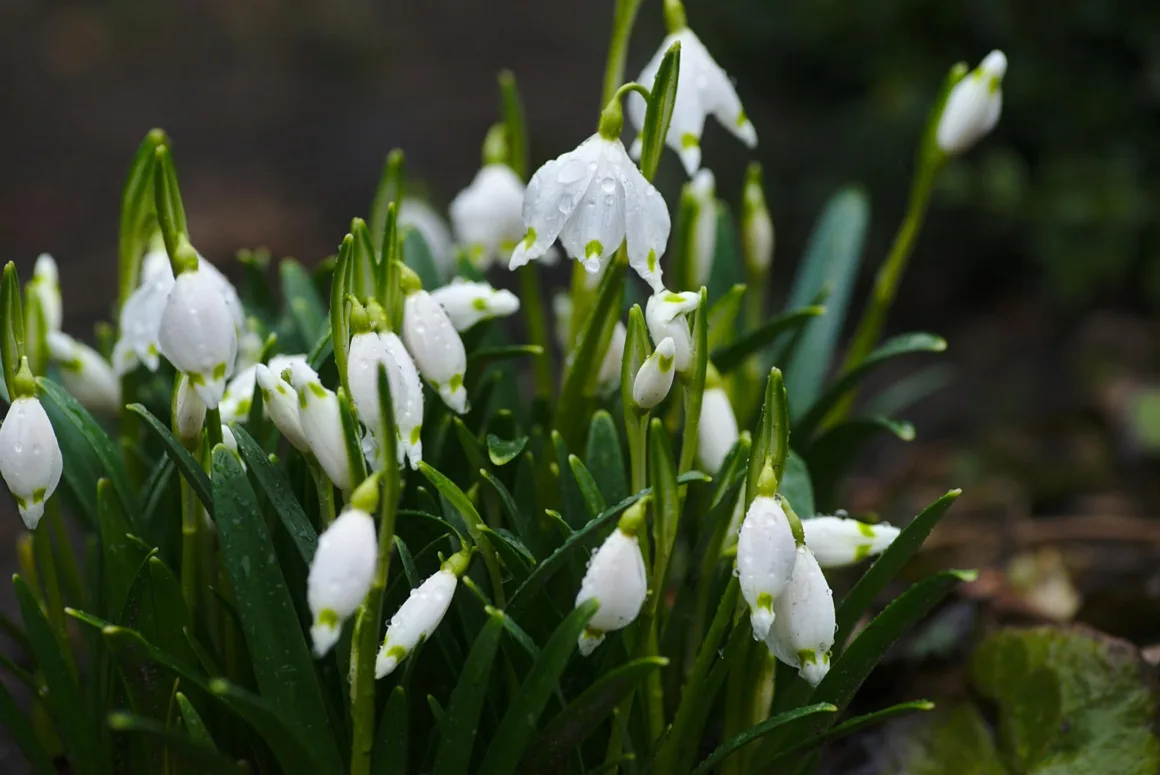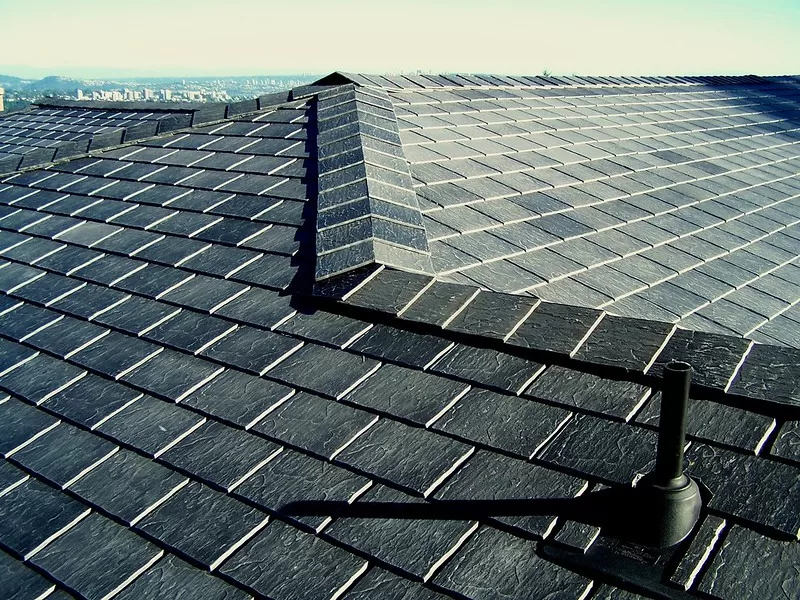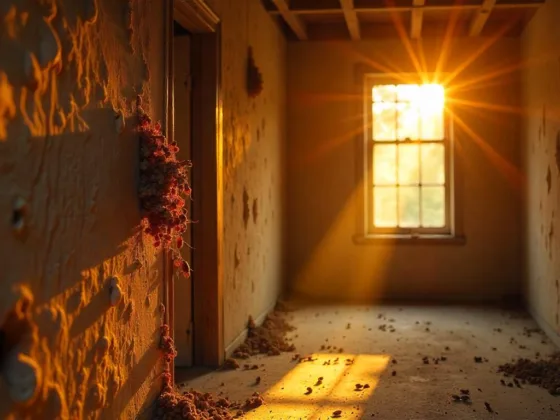Introduction to Loam Soil
Loam soil is renowned among gardeners for its ideal balance of sand, silt, and clay, which imparts unique characteristics that are highly conducive to healthy plant growth. Unlike other soil types, loam offers a consistency that is neither too heavy nor too light, providing ample nutrients and excellent drainage. This balanced texture creates an optimal environment for roots to thrive, allowing for both sufficient aeration and moisture retention.
One of the standout features of loam soil is its nutrient richness. The myriad of minerals and organic matter naturally embedded within loam allows for a diverse array of plants to flourish, providing the essential elements needed for robust growth. This nutrient density means that gardeners often require fewer amendments, leading to a more sustainable and cost-effective cultivation process.
Moreover, the superior drainage capabilities of loam soil set it apart from other soil types. Effective drainage is crucial for preventing water stagnation, which can lead to root rot and a host of other plant diseases. Loam’s well-draining nature ensures that excess water is efficiently expelled while retaining just enough moisture to keep plants hydrated. This balance is particularly beneficial for flowers, which often require specific moisture levels to produce their most vibrant blooms.
Because of these advantages, loam soil is widely preferred for gardening. Its balanced texture supports a healthy soil structure, which is vital for the exchange of gases and the penetration of roots. Furthermore, loam’s capacity to hold nutrients and water while allowing for excess to drain away makes it an ideal growing medium for an array of plant species, particularly flowering plants that thrive in loamy conditions.
As we explore the top ten loam-loving flowers, it becomes clear why these plants excel in such a nutrient-rich and well-draining environment. Their beauty and resilience in loam soil provide perfect examples of how the right soil conditions can enhance the natural splendor of a garden.
Dahlias: Vibrant and Versatile Gems
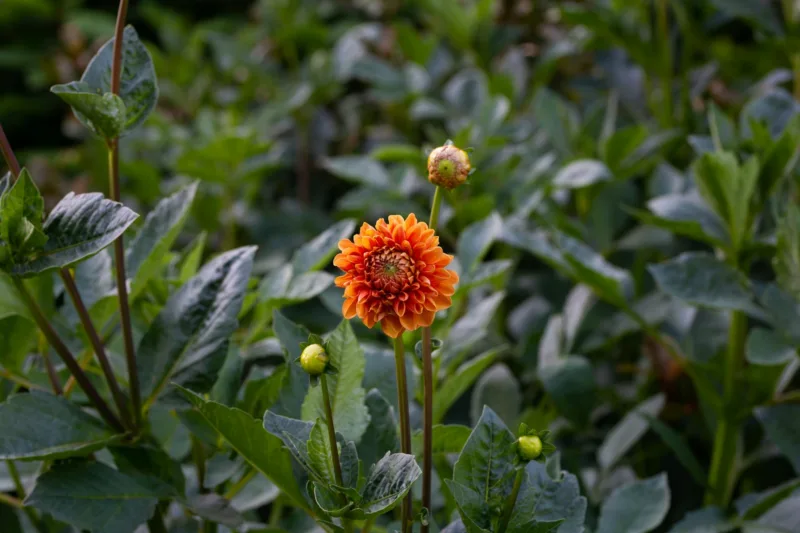
Dahlias are renowned for their vibrant colors and diverse array of forms, making them highly prized additions to any garden. These spectacular blooms thrive exceptionally well in loamy soil, which offers a perfect blend of sand, silt, and clay, thereby providing optimal conditions for their growth. The balanced texture of loam allows for excellent aeration and drainage, essential for dahlias’ nutrient uptake and robust root systems.
One of the fascinating aspects of dahlias is their extensive variety. These flowers come in numerous shapes, sizes, and hues, ranging from petite pompoms to large dinner-plate varieties. This versatility makes them suitable for a variety of landscaping needs, whether they are used as striking border plants or as captivating focal points in garden beds.
For optimal growth, dahlias require a sunny location where they can receive at least six hours of direct sunlight each day. While they are relatively hardy, providing them with consistent moisture and ensuring that the soil remains slightly acidic to neutral (pH 6.0 to 7.5) will significantly enhance their flourishing. Loamy soil excels in retaining necessary moisture without becoming waterlogged, thus supporting the dahlias’ healthy development.
Planting dahlias in well-prepared loam soil during late spring, after the danger of frost has passed, is crucial. Begin by planting tubers approximately 4 to 6 inches deep, with a distance of about 18 to 24 inches apart to allow sufficient space for their growth. Adding organic matter, such as compost, to the loam soil before planting can further improve its fertility, fostering even more vigorous bloom production.
In summary, the compatibility of dahlias with loamy soil cannot be overstated. The nurturing environment provided by loam not only supports the expansive root systems of dahlias but also promotes their lush and vivid displays. Gardeners seeking to cultivate these floral beauties will find that loamy soil is an indispensable ally in achieving a stunning and vibrant garden.
Peonies: Luxurious Blossoms in Loamy Homes
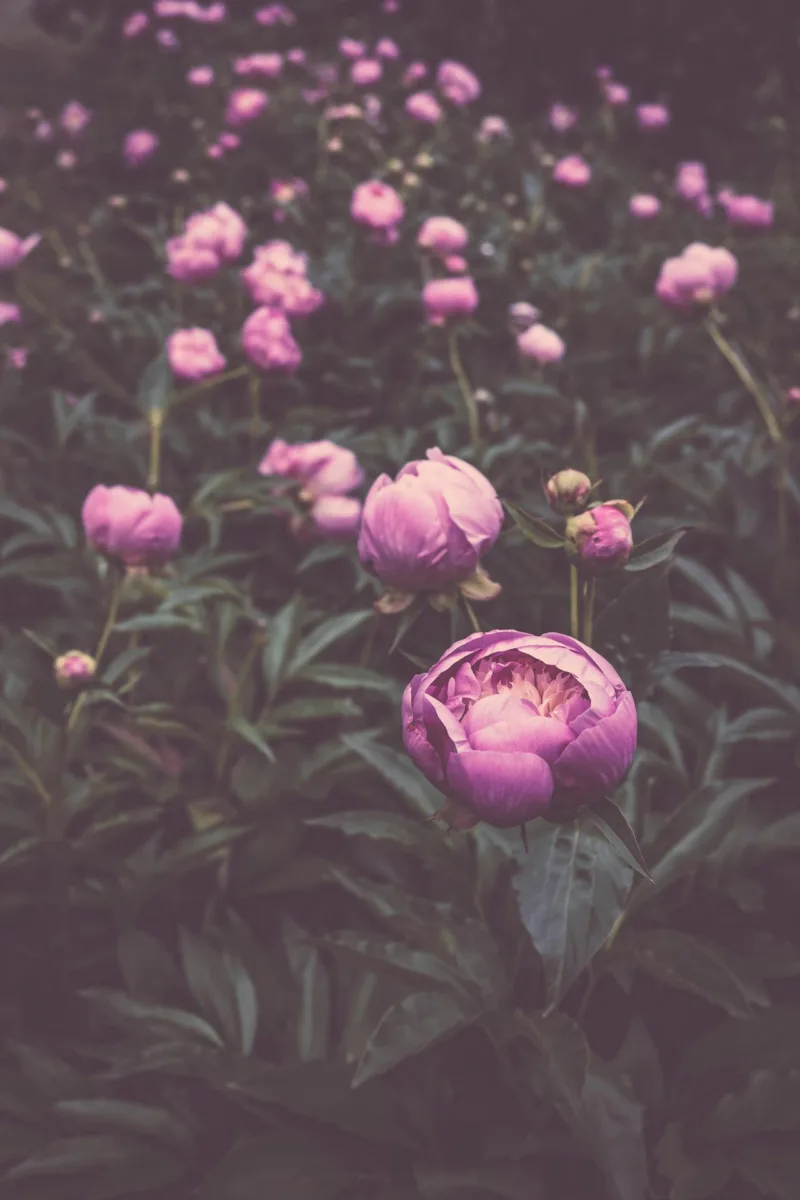
Peonies, known for their luxurious blossoms and lush petals, exemplify floral grandeur. These stunning flowers are celebrated for their exquisite beauty and impressive longevity, often gracing gardens with their breathtaking blooms for many years. Their large, fragrant flowers are a testament to the ideal environment that loam soil provides.
Loam soil is characterized by its balanced composite of sand, silt, and clay, delivering an optimal blend of nutrients, water retention, and drainage. This perfect equilibrium is essential for peonies, which demand well-drained soil enriched with organic matter to thrive. The straightforward structure of loam allows peonies’ roots to establish themselves deeply and firmly, ensuring they have access to the necessary water and nutrients without the risk of becoming waterlogged.
Moreover, the soil’s ability to retain moisture while still offering excellent drainage prevents root rot, a common issue in heavier soils. Peonies are particularly sensitive to excessive moisture, making loam soil’s properties ideal. It provides just the right amount of hydration while allowing air to circulate efficiently through the roots, promoting robust growth and optimum flowering conditions.
The nutrient-rich aspects of loam also contribute to the vibrant, large blooms of peonies. This soil supports the substantial nutrient requirements of these flowers, fostering lush, green foliage and prolific, eye-catching blooms. Maintenance of peonies in loamy soil becomes easier, as the need for frequent watering or fertilizing decreases, contributing to their longevity and sustained beauty.
In sum, peonies’ opulent appearance can be largely attributed to the characteristics of loam soil. This nurturing environment not only promotes their immediate splendor but also ensures these beloved flowers continue to embellish gardens with their luxurious, aromatic blooms year after year.
Black-Eyed Susans: Brightening Gardens Effortlessly
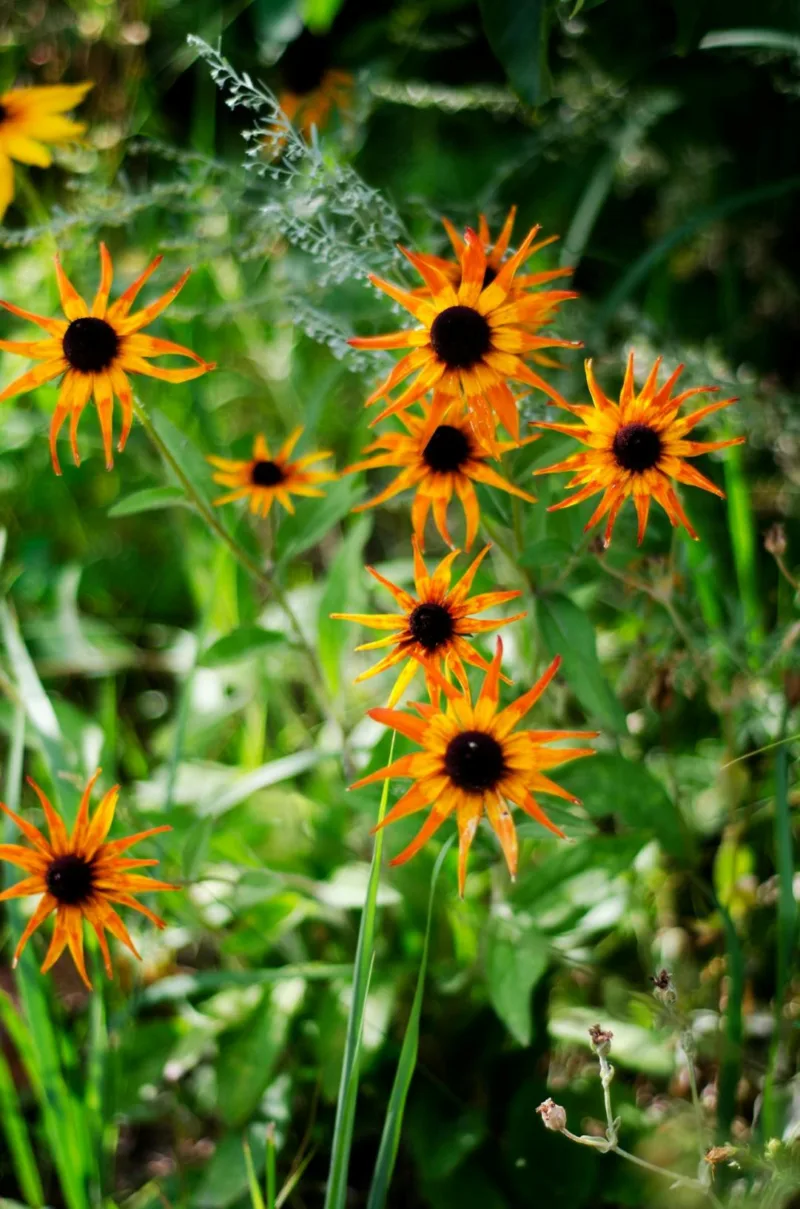
Black-Eyed Susans, with their distinctive yellow petals and dark central cones, are a vibrant addition to any garden. These cheerful flowers are well-known for their ability to brighten up landscapes effortlessly. Their prolific blooming capacity, usually from mid-summer to early fall, makes them a favorite among gardeners seeking enduring aesthetic appeal.
The success of Black-Eyed Susans largely hinges on the type of soil they are grown in. Loam soil, characterized by its balanced mixture of sand, silt, and clay, provides an ideal foundation for these plants. One of the crucial aspects of loam is its excellent moisture-retaining capability without becoming waterlogged. This is essential for Black-Eyed Susans, as they require consistent moisture to thrive but are sensitive to overly wet conditions.
Loam soil’s structure ensures a steady supply of water to the roots, fostering an environment where Black-Eyed Susans can establish themselves quickly and maintain health over prolonged periods. This consistent moisture level contributes to longer blooming seasons and more robust, healthier plants. Additionally, the ample nutrient content of loam promotes vigorous growth and vibrant blooms, further enhancing the garden’s visual appeal.
Moreover, the aeration properties of loamy soil facilitate the essential gas exchange that these flowers need. Adequate aeration prevents root diseases and encourages the development of strong root systems, which are vital for the plant’s overall stability and growth. Consequently, Black-Eyed Susans not only flourish but also require minimal maintenance when grown in loamy soil.
In conclusion, the vibrant Black-Eyed Susan is an ideal choice for gardeners seeking low-maintenance yet striking floral displays. The synergy between these flowers and loam soil ensures that they remain healthy, vibrant, and blossoming over extended seasons, effortlessly brightening any garden setting.
Coneflowers: Resilient Beauty with Deep Roots
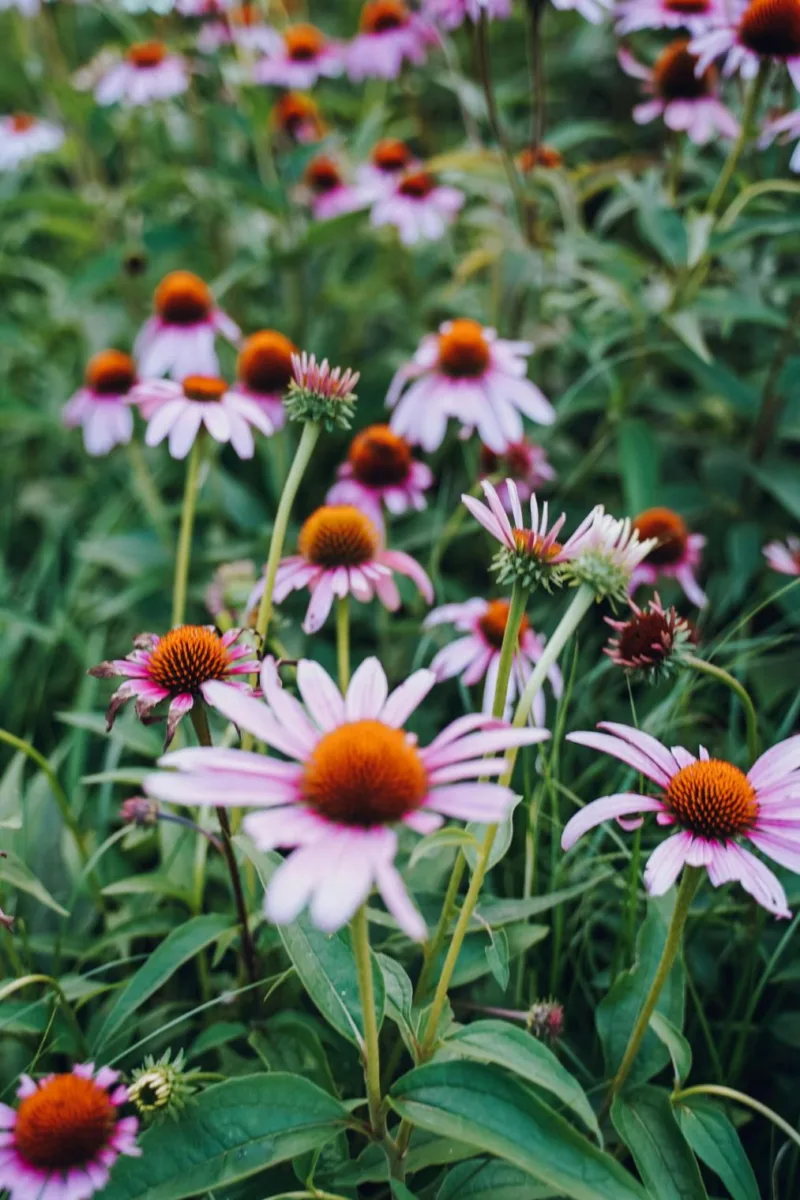
The coneflower, scientific name Echinacea, stands as a quintessential representation of beauty and resilience in the botanical world. These hardy perennials are celebrated not only for their striking aesthetic appeal but also for their adaptability to various environmental conditions. Particularly compatible with loamy soil, coneflowers exhibit robust growth due to the soil’s ideal blend of sand, silt, and clay.
Loamy soil is renowned for its excellent drainage capabilities while retaining essential nutrients and moisture, presenting the perfect conditions for coneflowers’ deep root systems. These deep roots are pivotal for the plants’ long-term health, allowing them to access water and nutrients far beneath the soil surface. Such profound root penetration is especially beneficial during periods of drought, enabling the coneflowers to endure and thrive where other plants might falter.
In addition to their drought resistance, coneflowers in loamy soil benefit from enhanced aeration and nutrient availability. The well-structured, crumbly texture of loam facilitates the roots’ growth and expansion, ensuring that the plant can stabilize and establish itself quickly. This characteristic is particularly significant for coneflowers because it supports their upright posture and vigorous blooming cycles.
Another advantage of loamy soil for coneflowers is its excellent microbial activity. Beneficial microorganisms flourish in loam, contributing to a healthier soil ecology. These microorganisms break down organic matter, which, in turn, releases essential nutrients back into the soil, thus providing a constant supply of nourishment to support the coneflowers’ lush foliage and vibrant blooms.
Overall, the synergistic relationship between coneflowers and loamy soil epitomizes horticultural harmony. Gardeners aiming for a robust, low-maintenance display of flowers will find coneflowers to be an invaluable addition to their landscape. By leveraging the unique properties of loamy soil, coneflowers not only enhance aesthetics but also embody the timeless beauty of endurance and adaptability.
Daylilies: Low-Maintenance Elegance
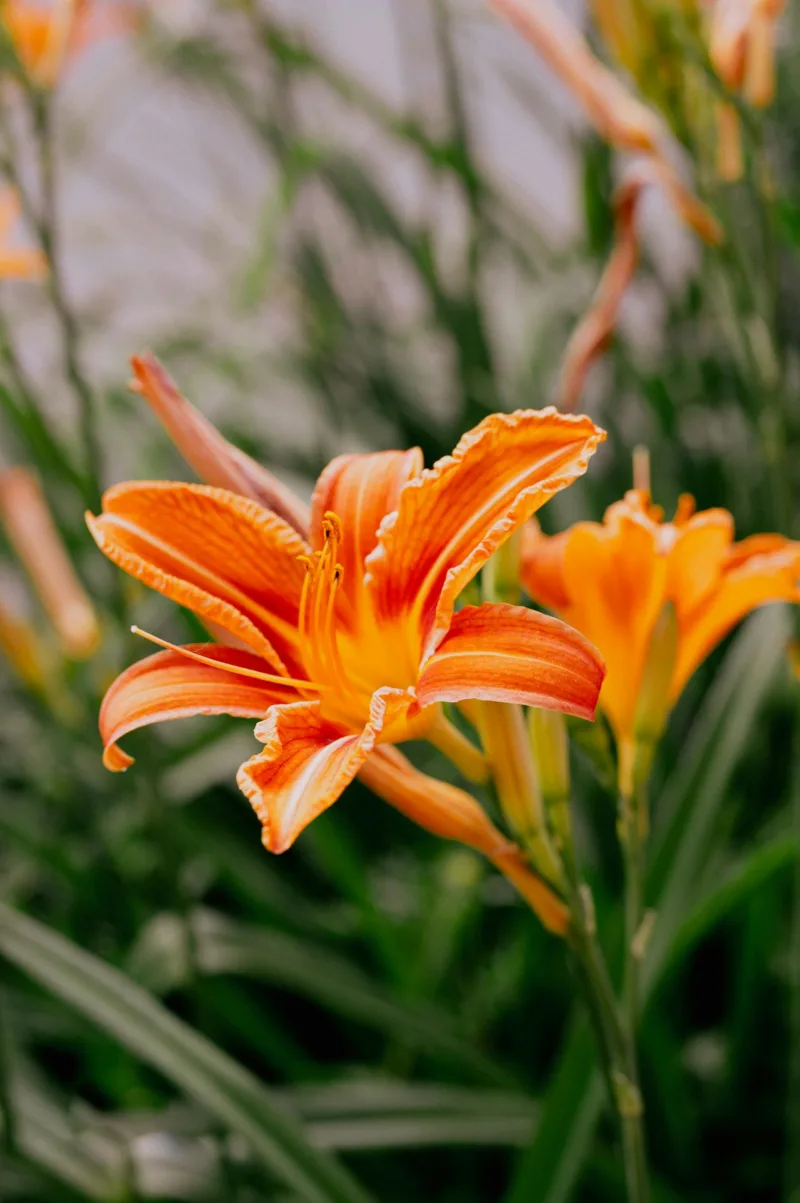
Daylilies (Hemerocallis) are perennial plants known for their hardiness and minimal care requirements, making them a favorite for both novice and experienced gardeners. One of the primary reasons they thrive exceptionally well is their affinity for loamy soil. The well-draining properties of loam make it ideal for daylilies, as it prevents root rot and ensures healthy growth.
The structure of loamy soil is composed of a balanced mixture of sand, silt, and clay, which allows for excellent drainage and aeration. This is crucial for daylilies because they do not tolerate standing water around their roots. Overly saturated soil can lead to root rot, but the well-balanced composition of loamy soil mitigates this risk. Furthermore, loam retains an adequate amount of moisture to sustain the plants, providing the best of both worlds in terms of hydration and drainage.
In addition to its well-draining properties, loamy soil is rich in nutrients, which are readily accessible to the daylilies. This nutrient-rich environment promotes robust root development and supports prolific flowering. Each daylily bloom typically lasts for just one day, but a single plant can produce an abundance of flowers over an extended period, particularly when grown in optimal soil conditions.
Daylilies are also incredibly versatile and can adapt to various garden settings, from borders to beds and containers. Their low-maintenance nature is complemented by their ability to thrive in full sun to partial shade, although they prefer sunny locations for the best flowering performance. As a result, they are an excellent choice for gardeners seeking elegant, fuss-free blooms.
Daylilies flourish in loamy soil due to its well-draining and nutrient-rich properties. This soil type ensures that the plants receive the necessary hydration without the risk of root rot while promoting abundant flowering, making daylilies a reliable and beautiful addition to any garden.
Bee Balm: Attracting Pollinators with Flair
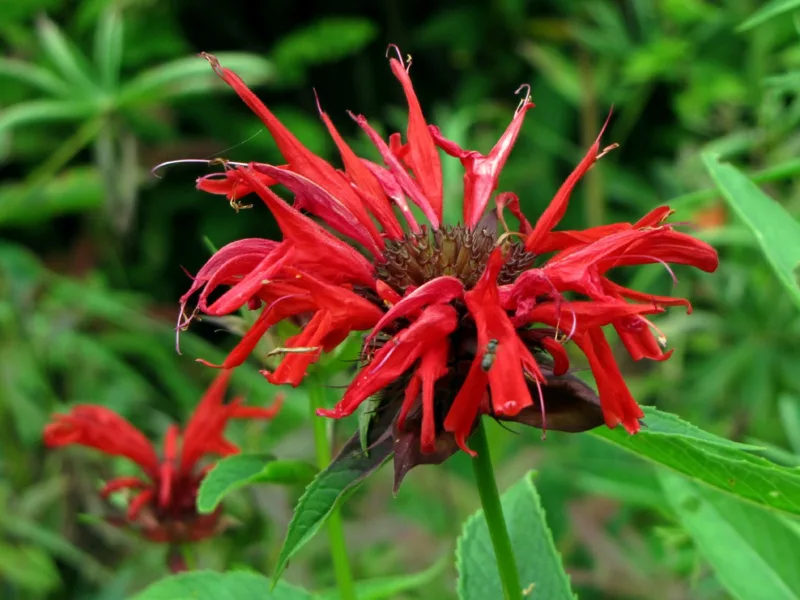
Bee balm, scientifically known as Monarda, is a captivating flowering plant noted for its vibrant, nectar-rich blooms. These striking flowers boast a range of colors from fiery reds and luscious purples to soft pinks and pristine whites, making them a visually appealing addition to any garden. The bright and aromatic blossoms are highly attractive to pollinators such as bees, butterflies, and hummingbirds, playing a crucial role in supporting local ecosystems by encouraging pollinator activities.
Bee balm thrives exceptionally well in loamy soil, which offers a balanced mixture of sand, silt, and clay, combined with a wealth of organic matter. This type of soil structure perfectly caters to the plant’s needs for a rich, moist environment that is well-draining yet retains adequate moisture. As a result, bee balm plants can easily establish strong root systems in loamy soil, leading to enhanced growth and an extended blooming period.
The adaptable nature of loamy soil assists with the spread of bee balm throughout the garden, promoting dense, vibrant displays that can transform any outdoor space. By providing the ideal conditions, loam soil helps these flowers to flourish and multiply, creating masses of colorful blooms that serve as a focal point in garden landscapes. Moreover, the combination of appropriate moisture and nutrient retention ensures that bee balm can sustain its growth and flowering potential through various weather conditions.
For gardeners aiming to attract pollinators while benefiting from beautiful and resilient blooms, bee balm planted in loamy soil emerges as an excellent choice. Its ability to adapt and thrive in such an environment ensures that both the plant and the surrounding pollinators receive the fullest advantage. As a result, bee balm not only enhances the visual appeal of the garden with its dazzling flowers but also supports the broader ecological goal of fostering a healthy pollinator population.
Hollyhocks: Towering Blooms with Classic Charm
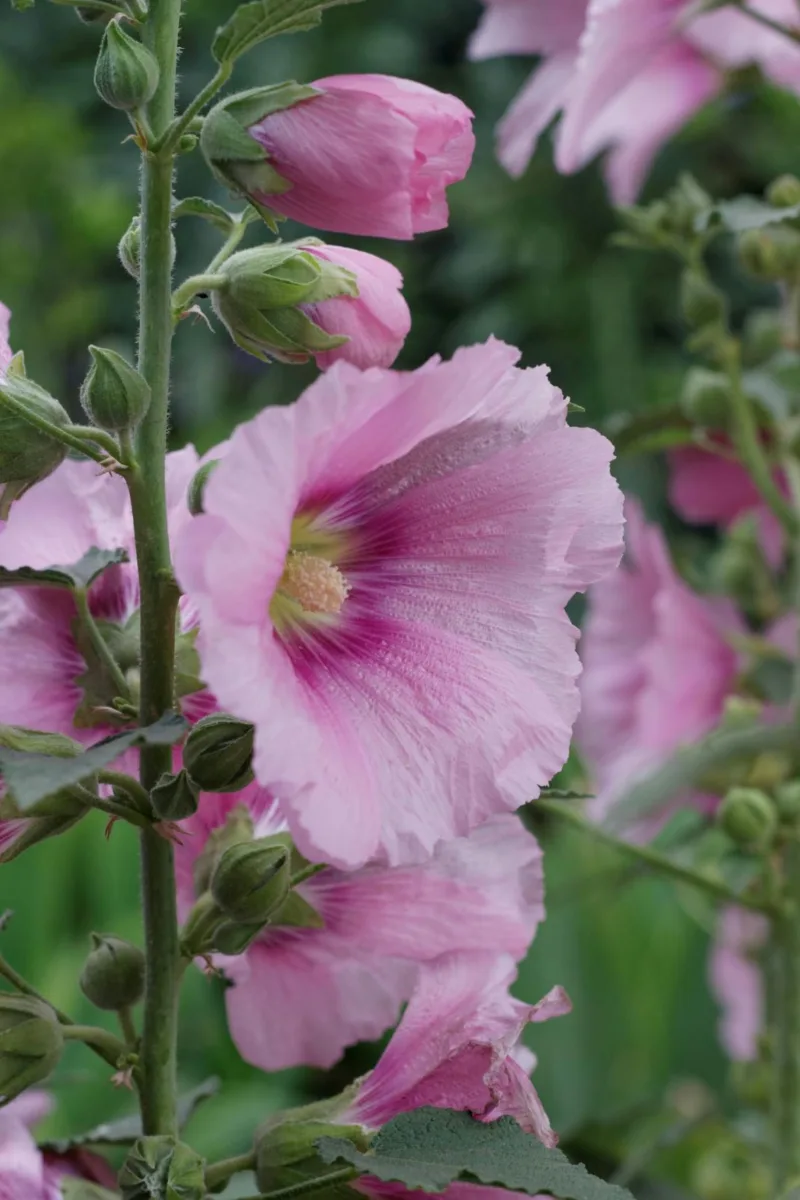
Hollyhocks (Alcea rosea) are renowned for their towering spires and classic garden appeal, often serving as the quintessential choice for a traditional cottage garden. These stately flowers can reach heights of 6 to 8 feet, creating an impressive and striking vertical accent. With their vibrant array of colors ranging from delicate pastels to deep, rich hues, hollyhocks offer both visual interest and nostalgic charm. Their ability to thrive and flourish is significantly enhanced by the presence of loam soil.
Loam soil, known for its balanced texture of sand, silt, and clay, provides an ideal growing medium for hollyhocks. The rich nutrient content found in loamy soil supports robust root development and vigorous plant growth. Additionally, the excellent drainage properties prevent waterlogging around the plant’s roots, which is crucial for hollyhocks as they are prone to root rot if subjected to excess moisture. This well-drained yet moisture-retentive environment is perfect for these flowers, allowing them to grow tall and bloom prolifically.
Moreover, loam soil’s ability to retain essential nutrients, such as nitrogen, phosphorus, and potassium, plays a key role in promoting healthy hollyhocks. These nutrients are essential for their impressive flowering and overall vitality. When planted in loamy conditions, hollyhocks benefit from a steady supply of these nutrients, ensuring sustained growth throughout the blooming season. The vibrant and lush blooms of hollyhocks can span several inches in diameter, making them a magnificent addition to any garden landscape.
Incorporating hollyhocks into a loam-rich garden not only adds vertical interest and traditional charm but also contributes to the biodiversity and aesthetic value of the space. Their towering blooms attract pollinators such as bees and butterflies, further enhancing the garden’s ecological health. Overall, the harmonious relationship between hollyhocks and loam soil underscores the importance of soil quality in achieving a thriving and picturesque garden.
Conclusion: Cultivating Loam-Loving Blooms
As we have explored, loamy soil offers an optimal growing medium for a diverse array of stunning flowers. This unique soil type, characterized by its balanced mixture of sand, silt, and clay, provides excellent drainage, nutrient-rich composition, and robust structure that many plants find ideal. Consequently, blooms such as roses, peonies, black-eyed Susans, and many others, flourish particularly well in loamy settings.
By understanding and leveraging the benefits of loam, gardeners can create vibrant and sustainable landscapes. This versatile soil supports not only the colorful, show-stopping flora but also the overall health of your garden ecosystem. It ensures that plants receive a steady supply of nutrients while maintaining the right moisture levels, promoting both vigorous growth and resilient blooms. The ability to retain nutrients yet drain efficiently makes loam soil a gardener’s best ally.
Additionally, incorporating a variety of loam-loving flowers can enhance garden biodiversity. Each plant brings its unique appeal, from the elegant allure of lilies and tulips to the vivid charm of marigolds and asters. Mixing different species that thrive in loamy soil can lead to a dynamic and ever-changing display. Moreover, these species often have varying blooming periods, ensuring your garden remains lively and beautiful throughout the seasons.
Cultivating flowers in loamy soil is not just a practical choice; it is a pathway to creating enchanting and sustainable gardens. By embracing loamy conditions, you invite a plethora of beautiful blooms into your landscape, enriching your outdoor spaces both aesthetically and ecologically. Whether you are a novice gardener or a seasoned horticulturist, focusing on loam-loving flowers can transform your garden into a thriving sanctuary of natural beauty.
